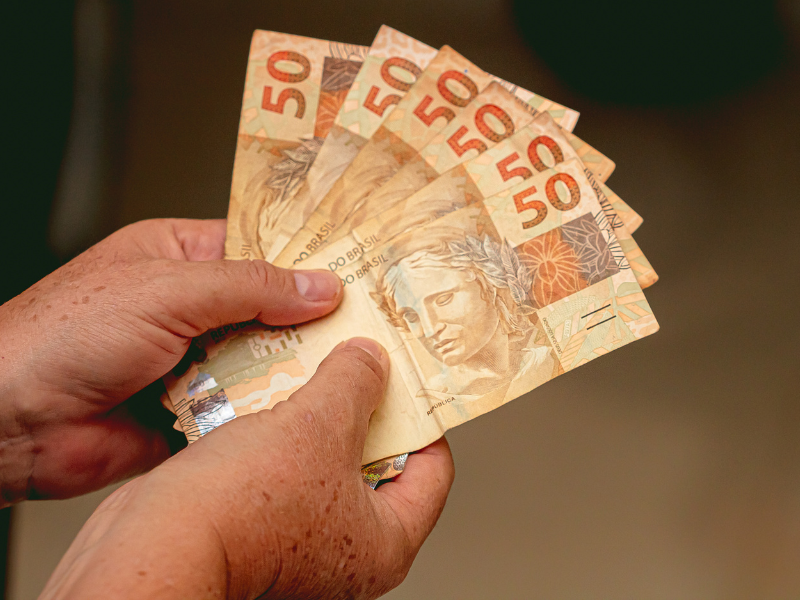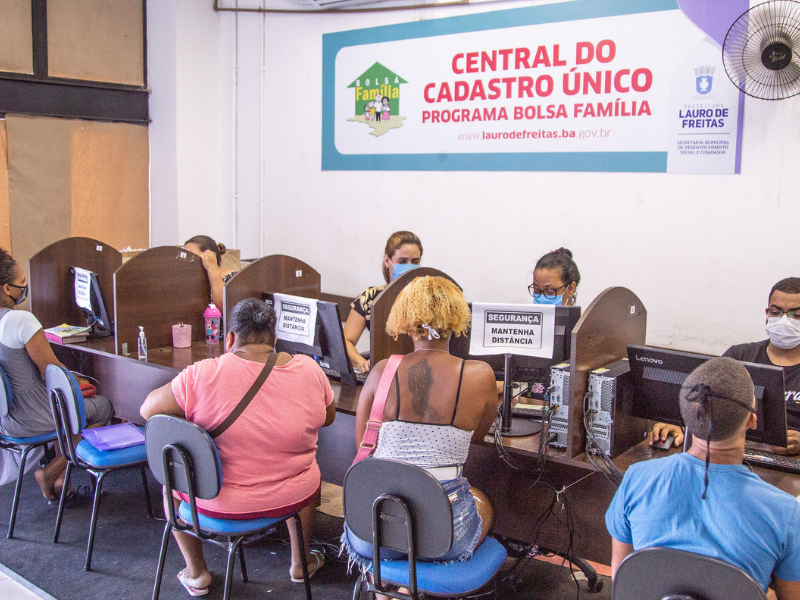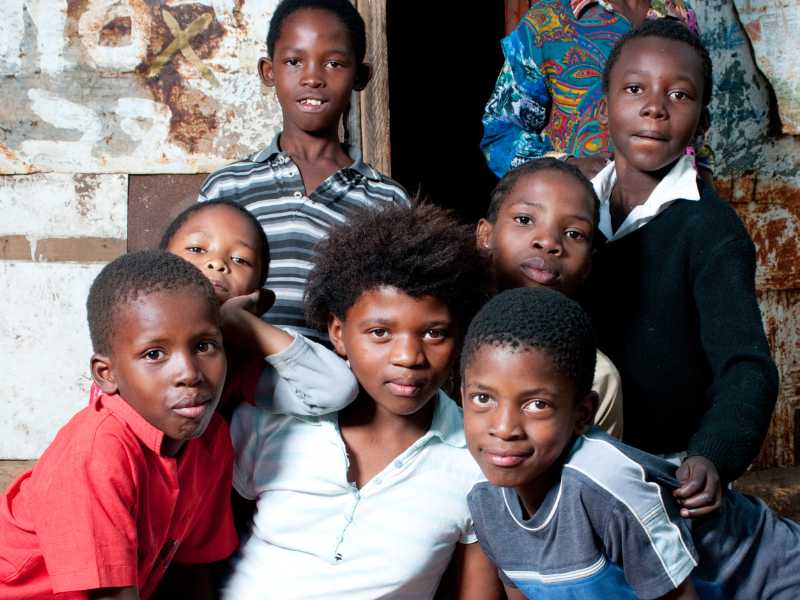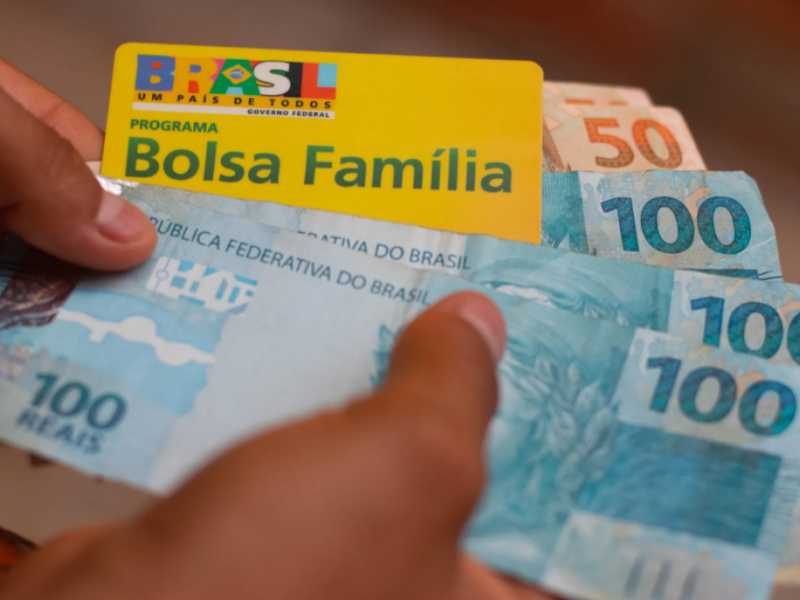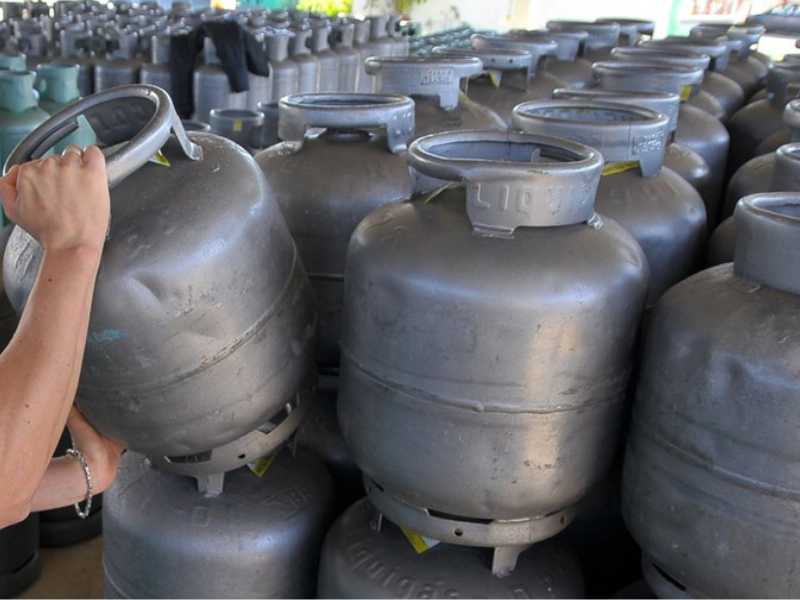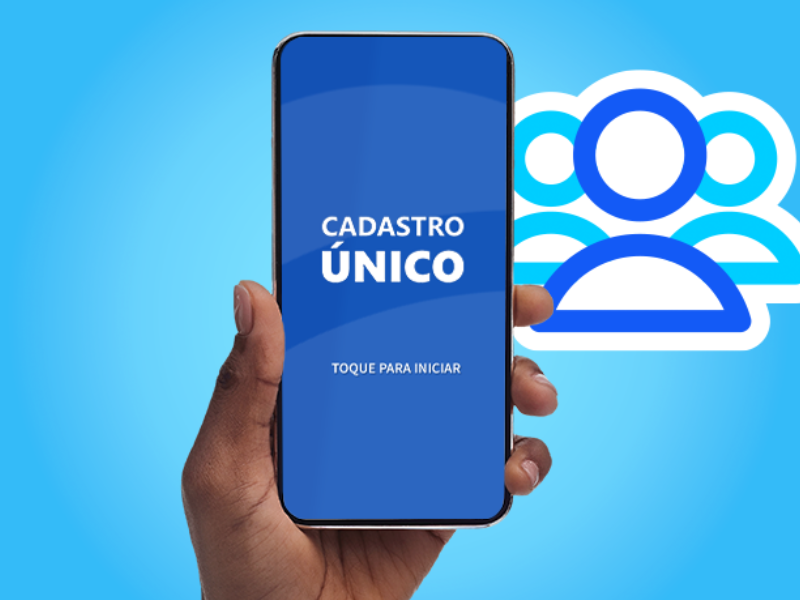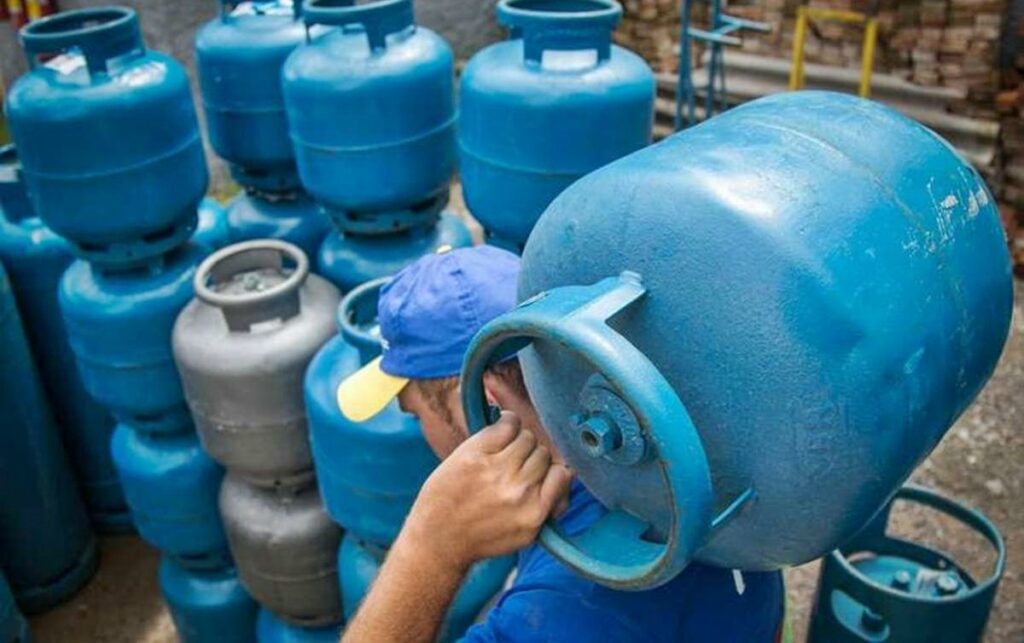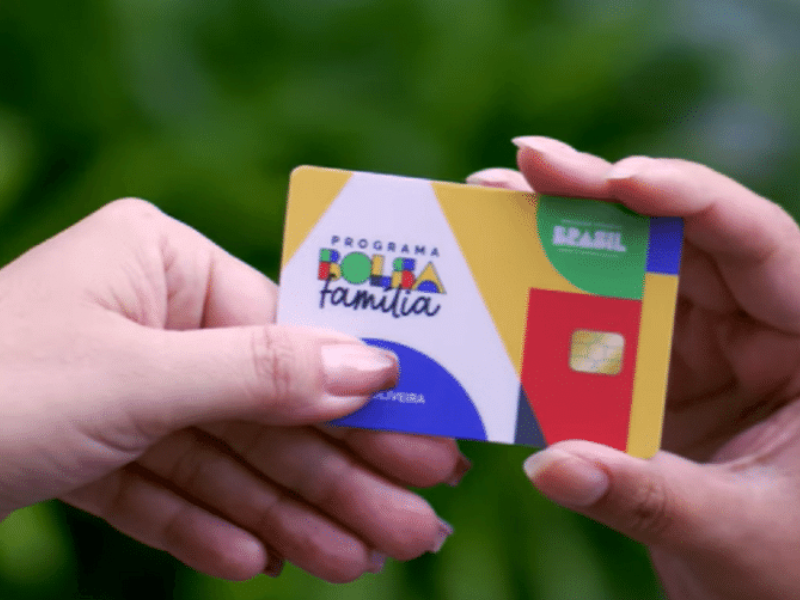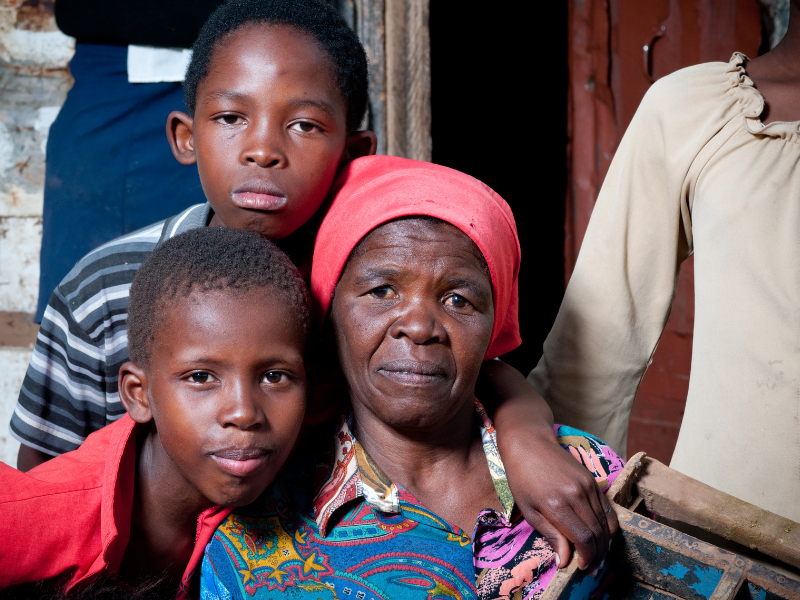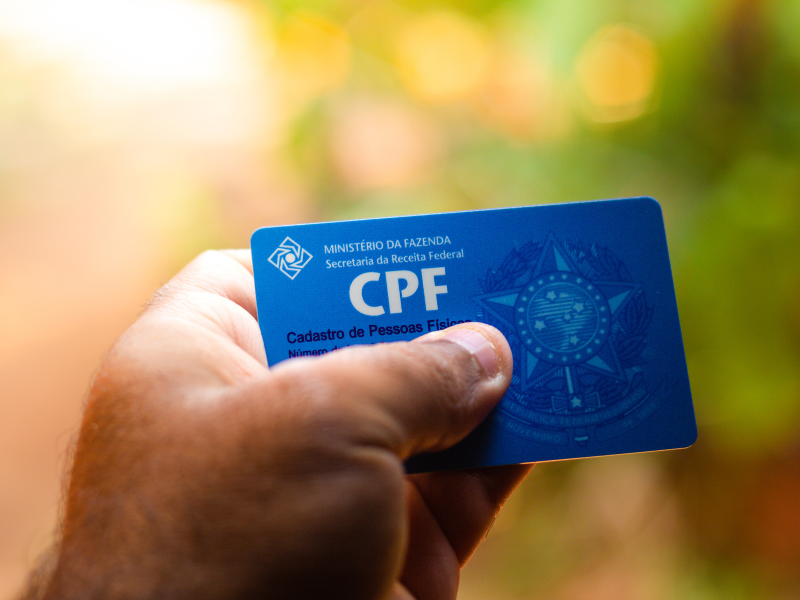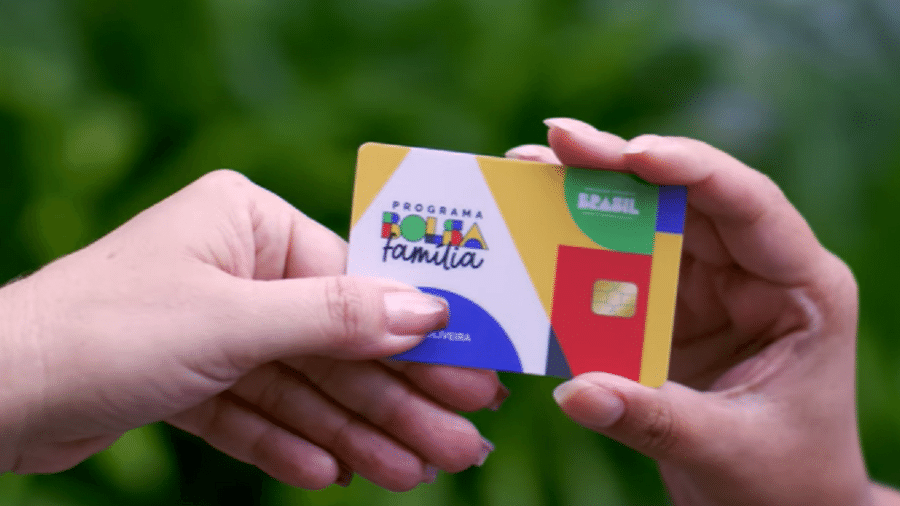Advertisements
The Minha Casa Minha Vida program, a federal government initiative to facilitate access to housing, entered a new phase in 2024. Therefore, under the current administration, the expectation is that the recently revitalized program will serve a broader spectrum of the Brazilian population.
In other words, the program will extend benefits not only to low-income families, but also to the middle class. This strategy marks a significant increase in the federal budget allocated to the program to R$13.7 billion.
See more: Mega-Sena accumulates and prize reaches R$1,400,000
Advertisements
Changes to My Home My Life
The changes announced for 2024 aim to increase housing accessibility, with the implementation of “FGTS Futuro” allowing the use of future FGTS credits to pay off housing loans.
In addition, the program now seeks to include low-income informal workers, allocating approximately R$800 million to cover risks in credit operations. The income bands for eligibility have been adjusted, with band 1 covering incomes of up to R$2,640.00 in urban areas and up to R$31,680.00 in rural areas.
Advertisements
Innovations and expanding reach
With the new legislation sanctioned, the program brings significant innovations, such as improvements in property specifications, including the addition of balconies, aiming to offer greater comfort and quality of life to beneficiaries.
There is also a movement to convert unused public buildings into housing for the low-income population, making efficient use of the Union's real estate resources.
Who can sign up for My Home My Life?
It is important to highlight that the program is for families with a monthly income of up to R$ 8,000.00 in urban areas or an annual income of up to R$ 96,000.00 in rural areas.
This is because the program classifies families into different income brackets to determine eligibility and type of benefit. Thus, with the updated rules, temporary benefits such as sick pay and Bolsa Família are not considered in income for calculating eligibility.
Thus, this strategy prioritizes lower-income families and includes homeless people as potential beneficiaries.
Image: Agência Brasil

